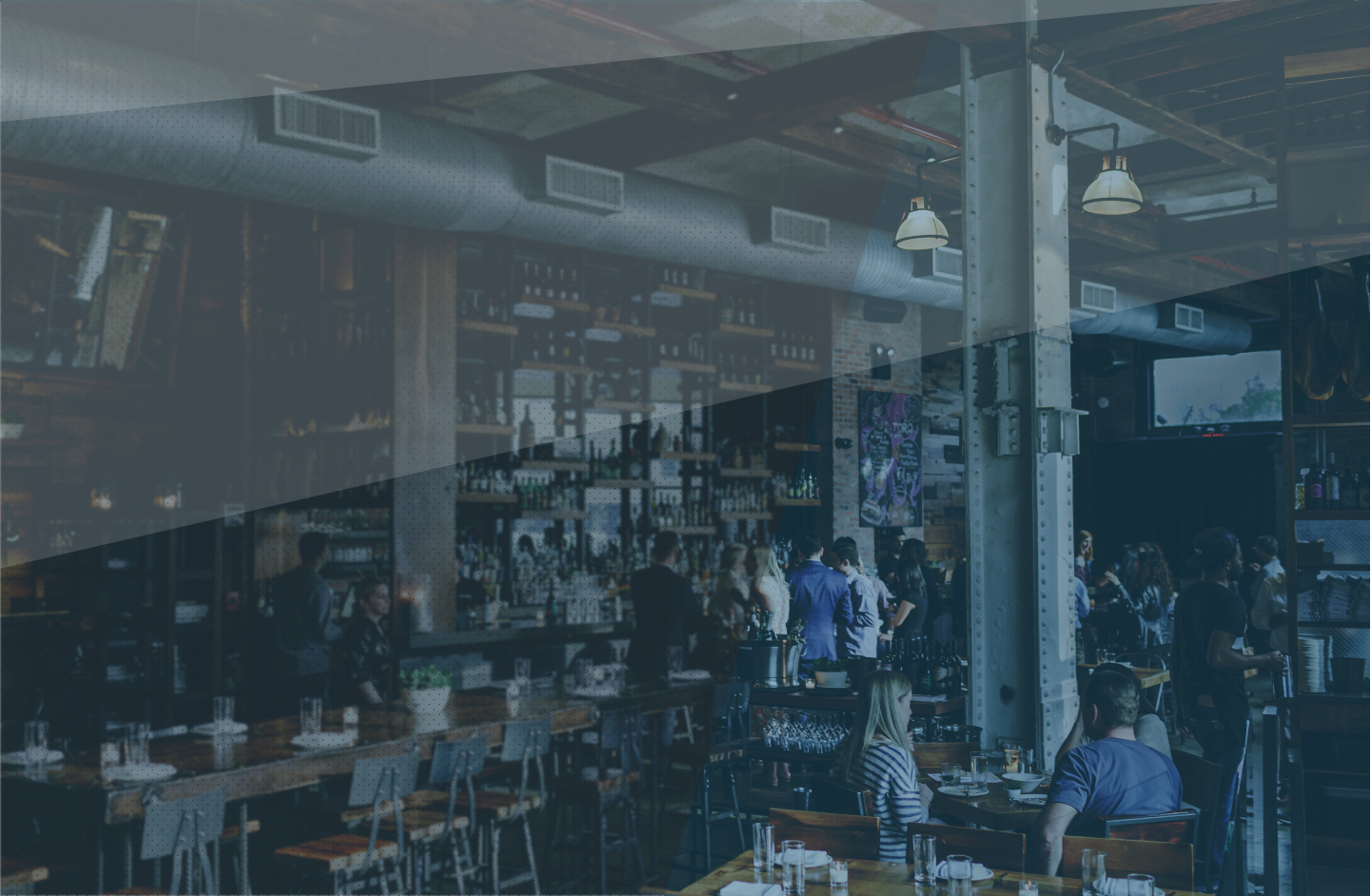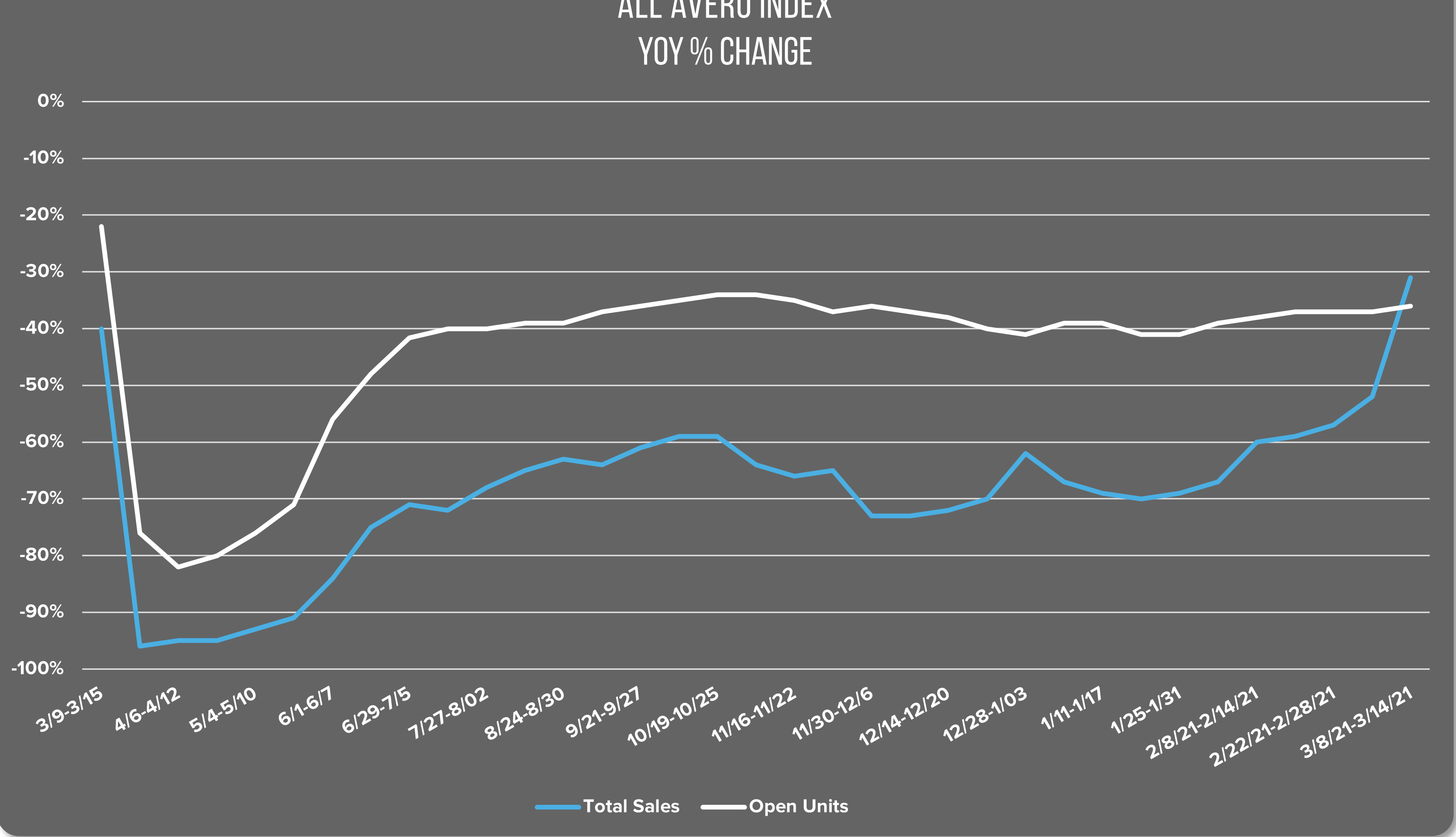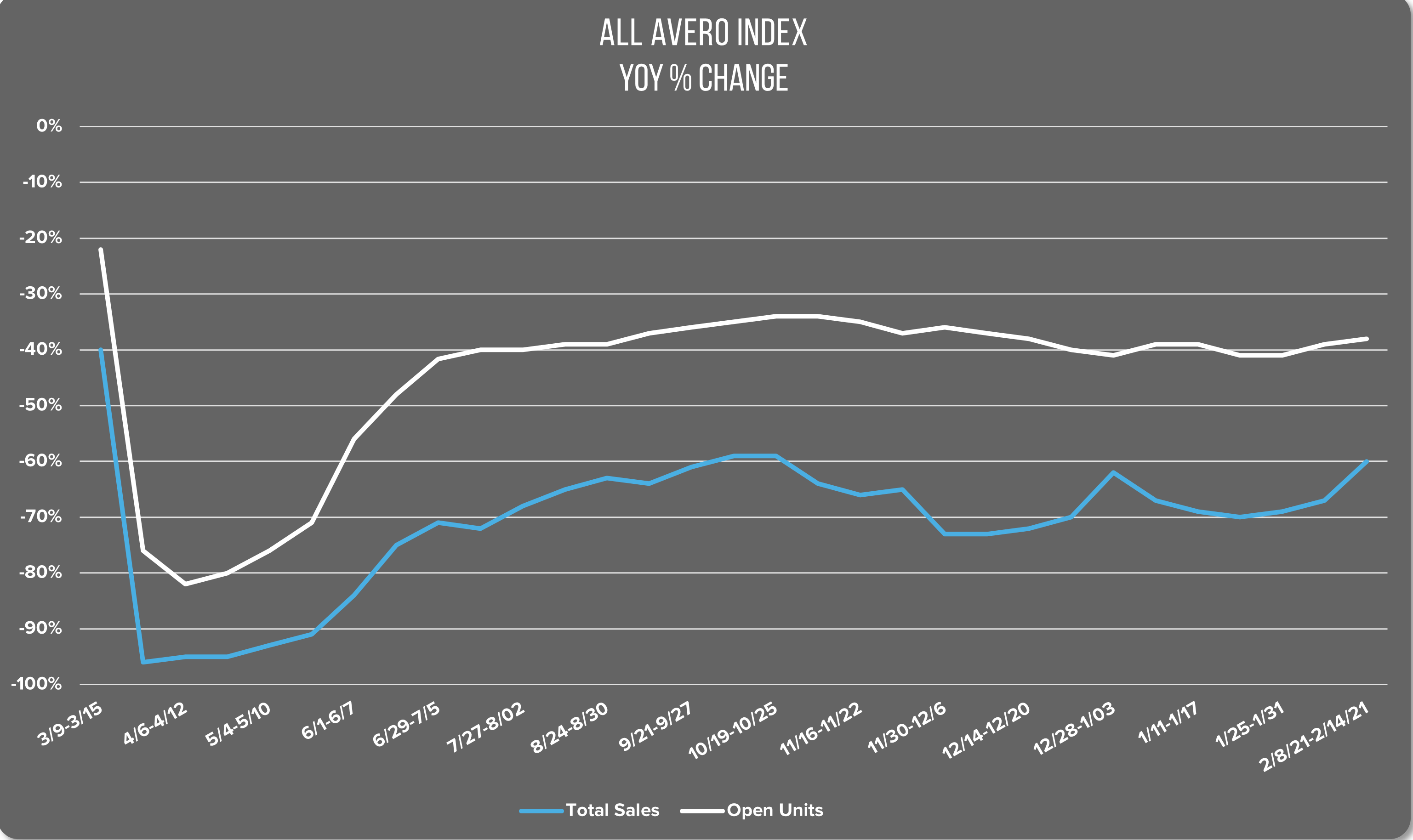State governments are lifting stay-at-home orders and allowing restaurants to open at 25%-50% of indoor capacity in addition to takeout and delivery. Our index shows that operators are starting to re-open as restrictions are relaxed. However, even at full capacity, restaurants operate with notoriously thin profit margins. As a result, there are many considerations an operator should make when deciding to reopen. To help, we put together a set of steps to guide your decision-making process. These steps are based on advice and recommendations from our customers.

Calculate your Daily Break-Even
Ryan Pernice, one of our customers and the owner of Atlanta-based RO Hospitality, provided the following break-even analysis to ensure the financials make sense for reopening. We’ve linked an excel document that you can use to calculate your own break-even point in the formula below:
Forecasted Daily Revenues > Daily Fixed Costs + Daily Variable Costs
To exceed your break-even point, you should think about finding ways to:
- Reduce Fixed Costs
- Reduce Variable Costs
- Drive Revenues with Reduced Capacity
Reduce Fixed Costs
- Rent: Landlords create leases based on the restaurant’s ability to operate at 100% capacity. Avero Recommends reaching out to your landlord to request:
- Rent abatement for the months where the business was not operational or operating at limited capacity
- Rent reductions for future months of the lease term. Please note that having good credit and a strong existing relationship with your landlord will help propel these conversations.
- Insurance: Providers establish premiums based on normal business levels with a full staff. Avero Recommends reaching out to your insurance providers to explore coverage adjustments to help save money while keeping your business adequately protected.
- Miscellaneous Expenses: Many restaurants have expenses like landscaping, linens, cable, etc. that can be paused or decreased during this time. Avero Recommends taking a close look at your P&L to understand all your monthly expenses and identify opportunities to reduce them. Try reaching out to your vendors to see what concessions can be made.
Reduce Variable Costs
- Hourly Labor: It’s well known within the industry that employee wages are one of the largest single costs of business. Since your operation will be running at less than full capacity after reopening, it will be important to determine how large a staff is needed at each point in the day. Avero Recommends working together with your salaried managers to analyze business operations and find opportunities to reduce hourly labor. Try using our product’s Labor Reporting to staff as effectively as possible with reduced capacity and limited hours of operations.
- COGS: Outside of labor and rent, the cost of each plated dish is the largest contributor to what your restaurant is spending. Since many high quality dishes may not travel well or be as attractive without the careful presentation available during an in-restaurant experience, consider ways you can create more efficiency in food cost and prep work. Avero Recommends creating a Minimum Viable Menu that focuses on a small number of profitable items that require minimal prep. Consider leveraging our product’s Item Sales Reporting to engineer your menu for both popularity and profitability.
Drive Revenues with Reduced Capacity
- In-Restaurant Dining: Operators understand the importance of building out accurate weekly sales forecasts. Avero Recommends finding historical averages with our product’s Trended Sales Reporting and updating them based on projected capacity. Please note that this is a rough estimate, as surveys suggest customers are still hesitant about dining in restaurants even as they begin reopening.
- Outdoor Dining: Expanding capacity with outdoor seating has always been a great way to drive revenues in the summer and fall. While this option is typically available to only a select few businesses, recently many towns and cities have shut down streets to give restaurants more operating space. Avero Recommends reaching out to your local government representatives to see if this is a possibility for your business.
- Takeout: Although takeout may not have been a significant revenue stream in the past, it has become a critical revenue source for operators today. Many of our customers have provided creative offerings like grocery items, meal kits, large family specials, and carryout cocktail programs. Avero Recommends designing a takeout menu that is filled with popular, profitable items that will travel well.
- Delivery: As we’ve noted in other articles, delivery has surged since the closure of in-room dining options. Even after stay-at-home orders are lifted, many guests may still not feel comfortable leaving their homes. Avero Recommends conducting research to identify the best 3rd party delivery partner in your area. Note that many delivery companies like Doordash are offering reduced commissions for independent restaurants for a limited time.
As businesses in your local community reopen, make sure the timing is right for your restaurant. Use the break-even analysis to analyze whether reopening at reduced capacity is the best decision for your restaurant. Take the recommendations above and focus on finding creative ways to reduce fixed and variable costs while driving revenue with reduced capacity.
Tune in next week as we dive into some innovative technologies restaurateurs are using to safely recreate the guest experience of dining.





